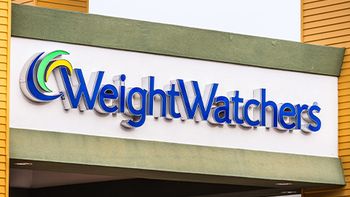
IQVIA Study: Illegal Online Pharmacies Cost Pharma $34B in Diverted 2022 US Sales
“Deep learning” IT tools were used to calculate sales volumes and drug class.
It is well known that there are thousands of illicit online pharmacies used by Americans to purchase drugs, usually via e-commerce; for years, the National Association of Boards of Pharmacy (NABP) has tracked their online presence and waged a campaign to discourage their use. Now, a study by the IQVIA Institute for Human Data Science, in partnership with Spain’s IE University and that school’s business offshoot, Translucent DataLab, has conducted a more detailed study of what it calls illegal online pharmacies (IOPs) that have been used by US customers.1 The study finds 1,501 active IOPs (as of February), and that between 2019 and the end of 2022, annual prescription volumes rose from 64 million to 85 million—a CAGR of 10%. In calendar year 2022, this volume represented $34 billion in “value loss” to industry (it is uncertain how much of these sales represent legitimate product).
Some definitions: a legal online pharmacy has a license from a US state, provides an FDA-approved and -authorized drug, and requires a prescription written by a US medical practitioner. IOPs typically operate outside the US, don’t have state licensing, and sell drugs that often don’t have FDA authorization. While it is illegal for a business to import volumes of unauthorized drugs, individual consumers are not penalized for obtaining up to three-month supply of a drug.
To start the process, IQVIA and its partners did some sophisticated web scraping to not only identify the 15,501 IOPs, but also how many of them were linked (the same business entity might sponsor several or many pharmacy websites). Web-sourced data from an analytics company (Semrush) was used to estimate monthly traffic to these sites. Then, a series of regression analyses and comparisons with IQVIA’s rich database of overall prescription patterns led to estimates of the types of drugs being dispensed. (A nifty bit of detective work involved comparing purchase order numbers from orders placed at the beginning and end of a month to get an estimate of prescription volume of some sites.) The analysts were also able to get pricing information directly from sites (interestingly, although many customers expect lower prices for the IOP purchases, that is not universally true).
By some hard-to-follow methodology, the analysts also estimate that purchasing these drugs caused a tenfold increase in adverse events (comparing the adverse events per prescription of legitimately dispensed drugs with the IOP dispensing), which cost the US health system upwards of $64 billion annually for the 2017-2022 period. “This preliminary evidence shows that the public health impact of IOPs is substantial and has exhibited an increasing trend in the last few years” says the study. Whether that’s an accurate figure is debatable, but the clearest trends are a worrisome increase in use of IOPs, and a threat to legitimate drug supply chains.
Reference
Newsletter
Stay ahead in the life sciences industry with Pharmaceutical Commerce, the latest news, trends, and strategies in drug distribution, commercialization, and market access.





